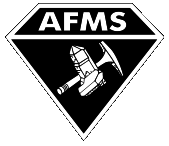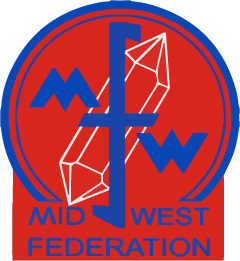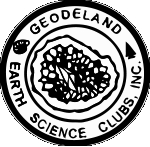The following lessons were developed in coordination with the programs we have led in area classrooms since spring 2016. Thank you to the more than 120 teachers that have welcomed us into their classrooms!
While the units are intended in most cases to introduce the entirety of the targeted Next Generation Science Standard, they are not necessarily enough for students to gain mastery over the content. We encourage educators to consider these units a starting point for future exploration. Please feel free to provide feedback on any of the lessons or materials — we certainly want to clarify and improve, and we will post updated materials as we do so.
K-ESS2-2. Construct an argument supported by evidence for how plants and animals (including humans) can change the environment to meet their needs.
The Changing Environment (~30 min.)
Download Lesson (PDF)
Question Cards (PDF
K-ESS3-3. Communicate solutions that will reduce the impact of humans on the land, water, air, and/or other living things in the local environment.
Reducing Human Impact (~30 min.)
Download Lesson (PDF)
Question Cards (PDF)
Choice Matrix (PDF)
2-ESS1-1. Use information from several sources to provide evidence that Earth events can occur quickly or slowly.
Evidence of Earthen Change (~30 min.)
Download Lesson (PDF)
Drought Timeline (PDF)
Flooding Timeline (PDF)
Weathering & Erosion Timeline (PDF)
Wildfire Timeline (PDF)
2-ESS2-1. Compare multiple solutions designed to slow or prevent wind or water from changing the shape of the land.
Wind and Water Erosion (~60 min.)
3-ESS2-1. Represent data in tables and graphical displays to describe typical weather conditions expected during a particular season.
Weather to Climate (~90 min.)
Download Lesson (PDF)
Average Temperature & Precipitation by Month (PDF)
Temperature & Precipitation Graph Templates (PDF)
4-ESS1-1. Identify evidence from patterns in rock formations and fossils in rock layers to support an explanation for changes in a landscape over time.
Fossils & Geologic Time (~50 min.)
Download Lesson (PDF)
Grand Canyon Strata Diagram (PDF)
Grand Canyon Cards (PDF)
Grand Canyon Fossil Map (PDF)
Fossil Strata (STL for 3D Printing)
4-ESS2-1. Make observations and/or measurements to provide evidence of the effects of weathering or the rate of erosion by water, ice, wind, or vegetation.
The Effects of Weathering (~60 min.)
Download Lesson (PDF)
Weathered Landforms Presentation (PowerPoint)
4-ESS3-1. Obtain and combine information to describe that energy and fuels are derived from natural resources and their uses affect the environment.
Evaluating Natural Fuels (~50 min.)
Download Lesson (PDF)
Power Generation Technology Readings (PDF)
5-ESS2-1. Develop a model using an example to describe ways the geosphere, biosphere, hydrosphere, and/or atmosphere interact.
Ecosystem Interactions (~45 min.)
Download Lesson (PDF)
Manipulative Template (Legal-Sized PDF)
Brainstorming Poster Template (Ledger-Sized PDF)
Brainstorming Poster Template (Legal-Sized PDF)
5-ESS3-1. Obtain and combine information about ways individual communities use science ideas to protect the Earth’s resources and environment.
Protecting the Environment (~45 min. for the introductory activity)
Download Lesson (PDF)
Gameboard (Ledger-Sized PDF)
Game Cards (PDF)
Game Instructions (PDF)
Game Piece (STL for 3D Printing)
MS-ESS1-4. Construct a scientific explanation based on evidence from rock strata for how the geologic time scale is used to organize Earth’s 4.6-billion-year-old history.
Organizing Earth’s 4.6 Billion-Year History (~60 min.)
Download Lesson (PDF)
Grand Canyon Strata Diagram (PDF)
Grand Canyon Cards (PDF)
Grand Canyon Fossil Map (PDF)
Fossil Strata (STL for 3D Printing)
MS-ESS2-1. Develop a model to describe the cycling of Earth’s materials and the flow of energy that drives this process.
Cycling Earth Materials (~60 min.)
Download Lesson (PDF)
Sample Cycle Diagram (Ledger-Sized PDF)
MS-ESS2-6. Develop and use a model to describe how unequal heating and rotation of the Earth cause patterns of atmospheric and oceanic circulation that determine regional climates.
Air and Water Circulation (~60 min.)
Download Lesson (PDF)
Pressure Pumper Activities (PDF)
Weather Impacts Worksheet (PDF)
Weather Impacts Responses (RTF)



